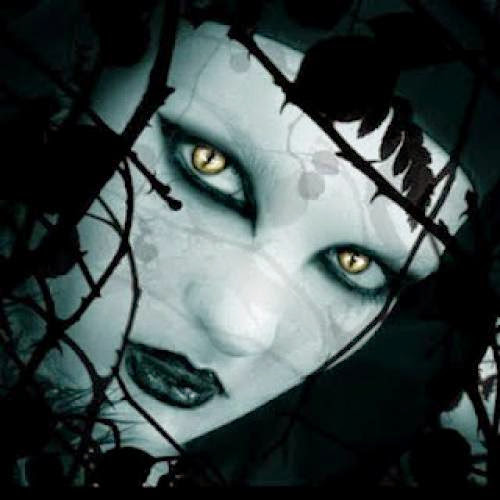
Patrick was born Patricius in Scotland (probably Kilpatrick) around 385 AD. His parents were Romans living in Britainia in charge of the Roman colonies. He was not religious in his youth, in fact he had renounced the faith of his parents and was an Athiest.
At the age of 14, he was captured by the Celts, taken to Ireland, and sold into slavery. He learned the language and practices of the people who held him, Druids and Pagans.
Desperate times call for desperate measures, so as most people do, he turned to (G)god in prayer. Having a dream from said god, he went to the coast and found a ship and returned to his parents.
Patrick also dreamed of god telling him to return to Ireland and convert the people of the land to Christianity. One could surmise that it was more to exact a certain amount of revenge. He came back to Ireland many years later. While he was not the first person to attempt to bring Christianity to Ireland, he did accomplish it. The priest "baptised" the Druids and Pagans by holding their heads under water until they "accepted" Jesus. Those that did not drowned. Did you ever wonder where the elders of Salem came up with idea of dunking Witches?
The idea of Patrick using the shamrock to describe the holy trinity was a Pagan practice that he had learned. The native people of Ireland previously used the symbol to teach their children of the maid, mother and crone.
Yes, it is true that Ireland has no snakes. Modern scientists believe that there never have been. The island was separated from the rest of the continent at the end of the ice age. Many Pagan practices commonly use and worship serpent symbols. Driving the snakes out of Ireland was the act of putting that particular practice to an end.
There are several accounts of Patrick's death. One is that he died at Saul, Downpatrick, Ireland on March 17, 460 AD. It is said that a jawbone preserved in silver is that of Patrick. Devoted followers requested it present for childbirths, fevers, and against the "evil eye". Magick charms, anyone? Another is that he passed at Glastonbury, England and was buried there. The Chapel of St. Patrick still exists as a part of Glastonbury Abbey. Although the year of his death may vary, the date of March 17 is consistent.
In America, we celebrate St. Patrick's Day by getting drunk. In Ireland, however, it is the national holiday, similar to our Thanksgiving. With the exception of restaurant and pubs, almost all businesses are closed. Since it is also a holy day, many people attend mass. The traditional Irish St. Patricks Day meal is lamb stew and soda bread. Corned beef and cabbage is an American custom. Lamb was too expensive for the poor Irish immigrants, so the lesser cuts of beef had to be substituted.
I personally believe that Patrick's most significant contribution was a written historical account of Ireland. Patrick is literally the only individual we know of from fifth century Great Britain. Not only do no other records from Britain or Ireland exist from that time period, but there are simply no written records at all from Ireland prior to Patrick's.
I recently lost my "nephew", Nick. nick was fortunate enough to visit Ireland before his untimely death. I am sure the words of many Irish blessings mean so much more to us now because of him. With this in mind, I bid you goodbye with an old Irish Blessing, taught to me by my grandfather (Papa) who spoke with a brogue:
"May you always have walls for the winds,
a roof for the rain, tea beside the fire,
laughter to cheer you, those who love near you,
and all your heart might desire."
Reference: paganism-new-age.blogspot.com


















